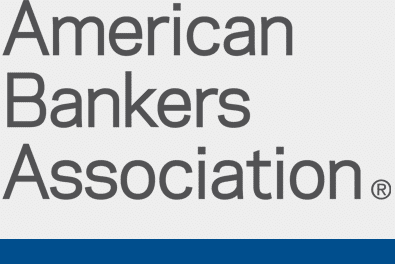Every Construction Lender’s Risk Management Policy Should Include These Essential Parts

There is no question that construction lending has the potential to be profitable but it can also be very risky. Consider that in just the last five years, one in ten banks reported that at least one construction project had failed – and more than half of those failures were due to construction cost overruns. Other causes for project failure include issues with contractors or subcontractors, delays, and reduced investment capital.
While you may not be able to prevent all of these issues, you can plan for them. That’s where a risk management policy comes in. At ECL Software our fund control management system helps with aspect of the lending business and our JDIO product helps with another but today we are going to share some tips on what a construction lender’s risk management policy should actually look like.
The Overall Purpose of a Risk Management Policy
First, let us consider what a risk management policy is. It is essentially a construction lending policy that exists solely to mitigate any risk that may be involved in originating a construction loan. Both the goal and the purpose of this policy is to ensure that construction projects get to their completion without failure. A true, comprehensive risk management policy will cover everything from pre-close to post-close.
Include the Following in Your Risk Management Policy
You will not find a useful template because every lending institution is different. You will have to make the decisions that dictate how yours will look. That said, there are a few things that most risk management polices should do. First and foremost, make sure you are complying with both state and federal regulations at every step of the project. This is without a doubt the most important thing you can do to protect your construction loan program.
Second, you should make sure that your contractor has been thoroughly vetted. This person is going to have a lot of control over the project and whether it succeeds or fails may lie heavily on their shoulders. Look at references, do a background check, and make sure that you are working with the right person for the job.
Next, have loan administrative procedures in place that are clear. Make sure that everyone who is involved in the administration process understands every step of the process. Have a clear and precise construction draw process, beginning with the contractor and ending with disbursement.
You should also have a clear process for monitoring progress. How often will you check on the progress of construction? How often will you compare where you are with where you should be? Finally, have rules in place for handling exceptions. No matter how well you complete your risk management plan, there are things that can go wrong. Know what to do if that happens to you.





Recent Comments